Summary: Amid the rapid proliferation of deepfakes and synthetic media, YouTube has instituted a new policy concerning user uploads. This policy aims to combat AI-generated misinformation, particularly relevant in the wake of the upcoming US presidential election. However, exemptions for certain categories such as children’s animation and minor AI-edits raise questions on clarity and content quality.
Deepfakes & Synthetic Media – A New YouTube Era
Synthetic media and deepfakes have significantly progressed due to generative Artificial Intelligence technologies. They allow swapping faces, manipulating voices, and even altering lip movements in videos. This AI prowess, when misused, poses an enormous threat of spreading falsehoods and misinformation on platforms like YouTube.
To curb this, YouTube has aligned its policies with the looming US presidential election, thereby ensuring the integrity of the platform by mitigating misinformation risks. The updated rules call for the disclosure of AI applications in uploads, allowing viewers to differentiate between AI-modified and unaltered content. But how effective will it be?
Exemptions and Concerns
While the new policy undeniably reflects progress against misinformation, it comes with exceptions that provoke thought. Notably, AI-generated animations, popular among children’s content creators, is free from the disclosure requirement. This allows creators to produce AI video content without letting their audiences—impressionable children—know that what they’re watching isn’t real.
Furthermore, the policy allows minor AI edits, like beauty filters, without any required disclosure. Is it fair to withhold that some aesthetics they see on YouTube are computer-generated and not real? Isn’t this tantamount to obscuring the truth? Moreover, can these exemptions compromise children’s wellbeing and hold parents back from making informed decisions on their family’s YouTube consumption?
AI on YouTube – Opportunity or Threat?
The exponential rise of AI-generated children’s content on YouTube and the exemption from the disclosure requirement potentially allows rapid creation of massive volumes of such content. But is it responsible? With the emergence of AI video generation, the quality of animation made for children may suffer, and hastily produced nursery rhyme videos may be deleterious for the target young audience.
Requiring labels on AI-generated kid’s content could empower parents to identify videos that may have minimal human oversight, thereby ensuring conscious and informed selection, safeguarding children against inappropriate themes, and enhancing the video-watching experience for Mid-Michigan families.
YouTube’s policy updates on deepfakes and synthetic media reflect an important step towards transparency and integrity for a platform that greatly influences public opinion worldwide. Still, we must vigilantly explore the implications of exemptions, particularly on children’s content safety and quality.
#DeepFakes #AIContent #ChildSafety #YouTubePolicy #MidMichiganConcerns.
Featured Image courtesy of Unsplash and ZHENYU LUO (kE0JmtbvXxM)
